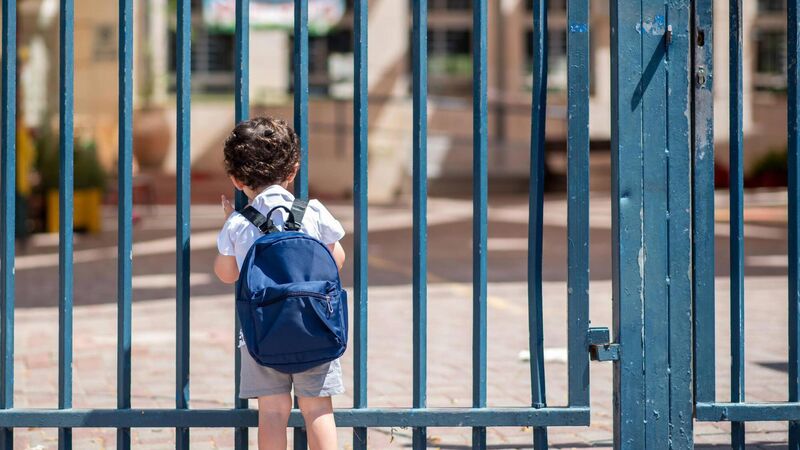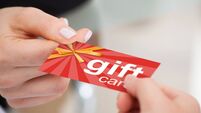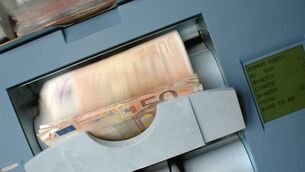New schemes ease back-to-school cost burden

The total back-to-school spend in 2024 stands at €1,086 per child for primary school parents, a reduction of €66 on 2023.
More than one in four parents get into debt to cover back-to-school costs, and almost one-third of those owe more than €500.
Almost half of parents of school children who are struggling to manage costs say they’ve cancelled or reduced non-essential services or activities to cover rising costs. Nearly a quarter of those surveyed say that they’re trying to earn additional income in order to make the costs easier to bear.
These findings come from the annual back-to-school survey from the Irish League of Credit Unions (ILCU).
Conducted by i-Reach in June, 716 parents responded to the survey.
According to the research, 62% of parents say that covering the cost of back-to-school is a financial burden. This is a high figure but the data does reveal a significant lessening of the burden compared to last year when 72% of primary school parents said that the back-to-school costs were a financial burden. Nor is it too hard to see what’s changed. The introduction of the free school books scheme in the 2023/24 year, together with an increase in the number of schools offering the hot meals scheme has made life a bit easier for many parents.
The total back-to-school spend in 2024 stands at €1,086 per child for primary school parents, a reduction of €66 on 2023. No such good news for the parents of secondary school students however. They’ve seen a €113 cost increase to €1,401 per child.
David Malone is ceo of the Irish League of Credit Unions. He agrees that this year’s findings confirm the impact of the free school books scheme.
“However, there is a still an onerous cost burden on parents, with increasing levels of associated debt linked to schooling and the cost of living.
“The 2024 research shows that twenty-eight percent of parents are taking on debt to cover back-to-school costs, with the average debt amount at €368, which is an increase of €62 on the same figure last year. The issue of debt is significant, and it should be noted that thirty-two percent of parents in debt have debts of over €500 to cover these costs.”
He points out too that for back-to-school supplies, while many use income or savings, 19% of parents use a credit card. Credit cards are a good way to finance purchases, but only if you clear the balance in full every month. If you don’t, you’re going to be hit with interest rates of anything up to 25%. And if you miss your payment date, or fail to pay the minimum, the penalties tend to be harsh.
“These costs and increasing levels of debt have a knock-on effect,” says Mr Malone, “as our 2024 research shows that almost half of parents of school children who’ve been affected by the cost of living crisis since the start of 2024 say they’ve cancelled or reduced non-essential services or activities to cover rising costs, and twenty-three percent are trying to earn additional income. Added to this, our research found that eighty-six percent of parents with schoolchildren say their income or household costs have been affected by rising costs of living.”
He adds that 91% of those affected experienced additional grocery costs while 89% saw additional costs to utility bills.
The survey also threw up a number of interesting findings. Just over half of parents surveyed said that they felt pressured into buying branded clothing, footwear and other items for their children – that’s up 11% from 2021.

The survey found that 67% of parents believe that schools don’t do enough to help keep the costs of going back to school down.
And when it comes to making sacrifices to cover these essential costs, family holidays is the spending category that suffers most. 31% of respondents said that they had to cut back here just to make sure they weren’t left short at the start of September. Worryingly, 13% of parents surveyed said they have to sacrifice spending on food to cover back-to-school costs.
More than 2 in 5 (42%) parents say their children are enrolled in summer camps this year. Providing opportunities for social interaction, structured educational activities and development (75%) is the top reason for enrolling them. However, more than 1 in 4 (26%) say these camps were primarily about childcare.
The Competition and Consumer Protection Commission (CCPC) offers a budget planner on its website (ccpc.ie) which can help parents to figure out exactly how much they’ll need to fund school in the months ahead.
They point out that it’s up to each individual school to decide on the type of uniform required, if any. You can of course save money by buying second-hand and by shopping around. The Department of Education has sent guidance to schools advising them that only ‘iron on’ or ‘sew on’ crests should be used. No school should expect parents to buy uniforms with crests, which are often only available from one supplier and can be very pricy.
And there’s more good news when it comes to books. From September 2024, all Junior Cycle (1st, 2nd and 3rd year) children will have their books provided free of charge. As we’ve seen, free schoolbooks are already available for primary school children. Note however that these schemes do not apply to children in private, fee-paying schools.
Many schools ask parents to make a voluntary contribution each year. This money is then used by the school for things like classroom materials, school trips, or other items that are not covered by the grant the school gets from the Department of Education.
There is nothing to stop a school from asking you to make a voluntary contribution. However, they shouldn’t present the payment as anything other than voluntary. In other words, they cannot make you pay the voluntary payment. If you want to pay it but can’t afford to pay it all in one go, go to the school and see if they can accept the payment in instalments.
Most of those who qualify for the Back to School Clothing and Footwear Allowance (BTSCFA) do so automatically, so you don’t have to apply. If you think you qualify but you haven’t received a letter confirming that it’s on its way, you can apply online at MyWelfare.ie. A child aged 4-11 now gets €160, while a child aged between 12 and 22 will get €285.














